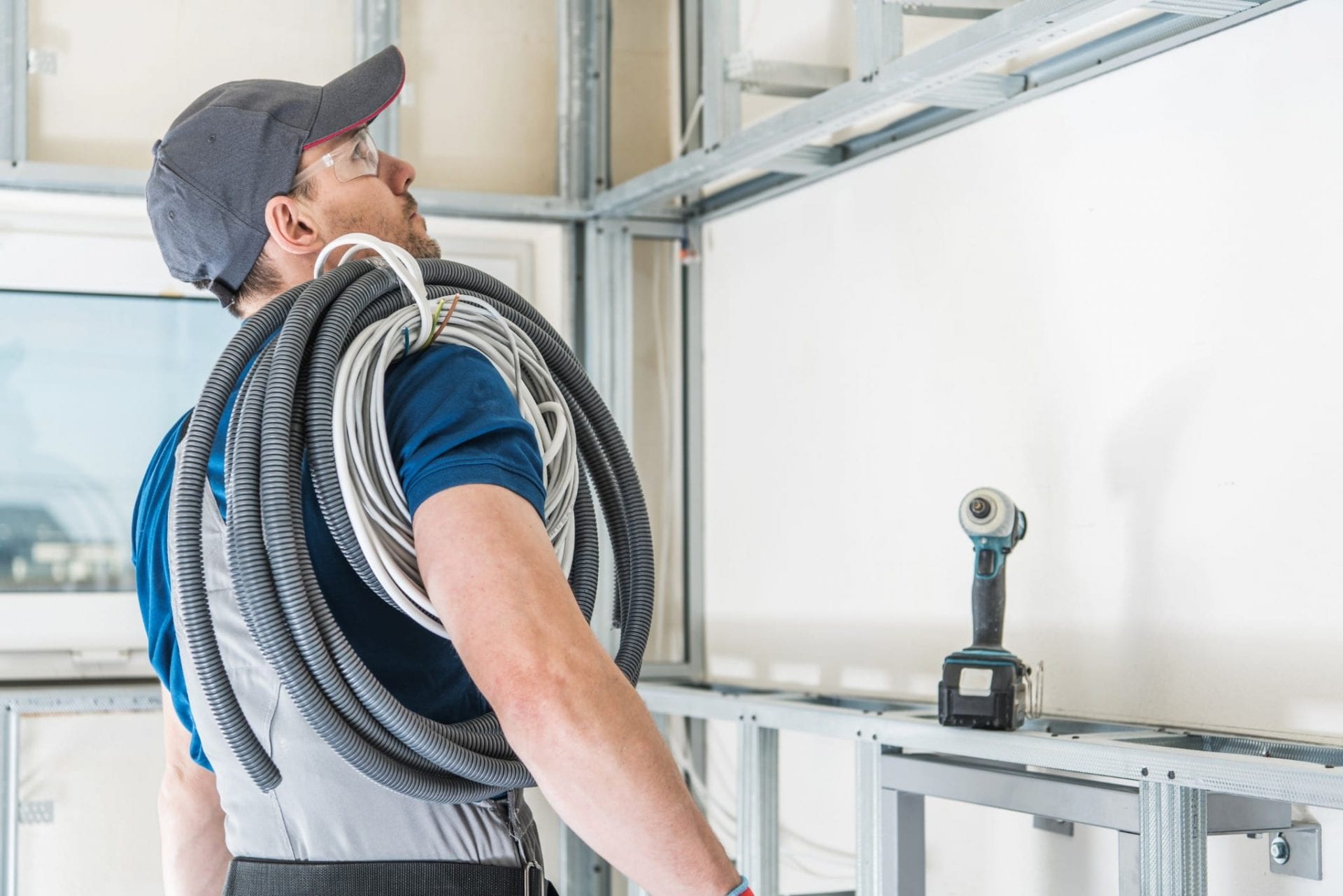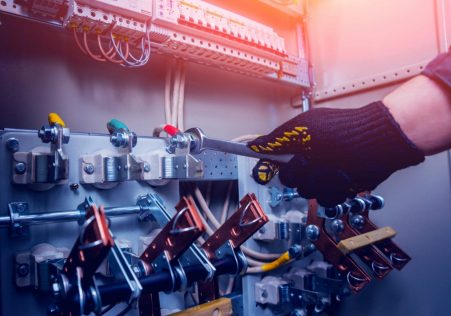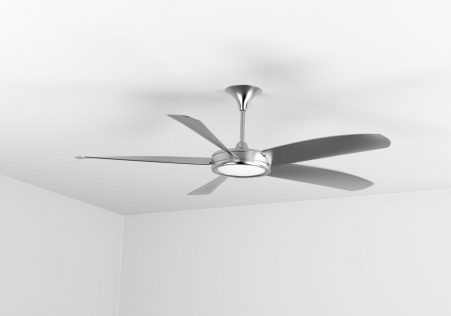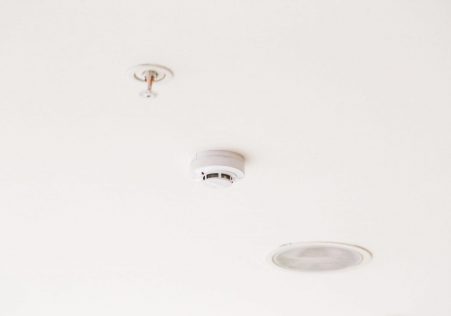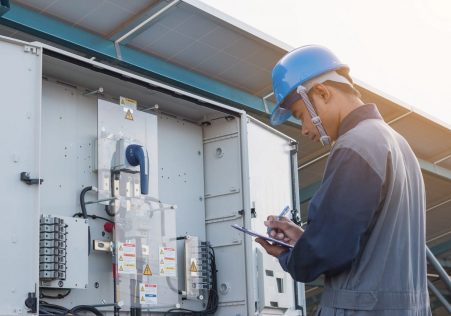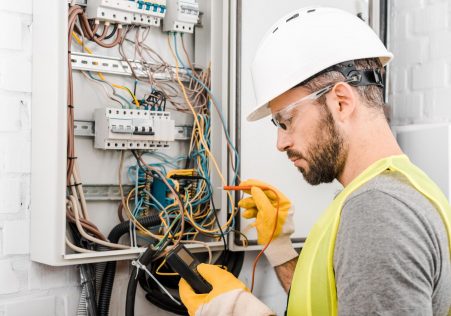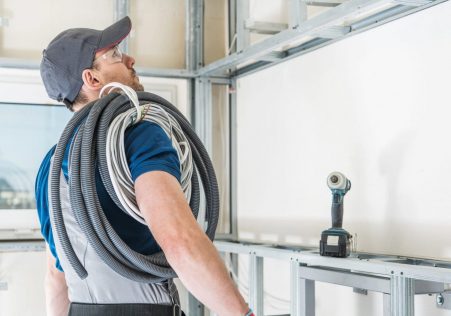Understanding Electrical Hazards: A House Owner's Guide to Identifying Live Wires
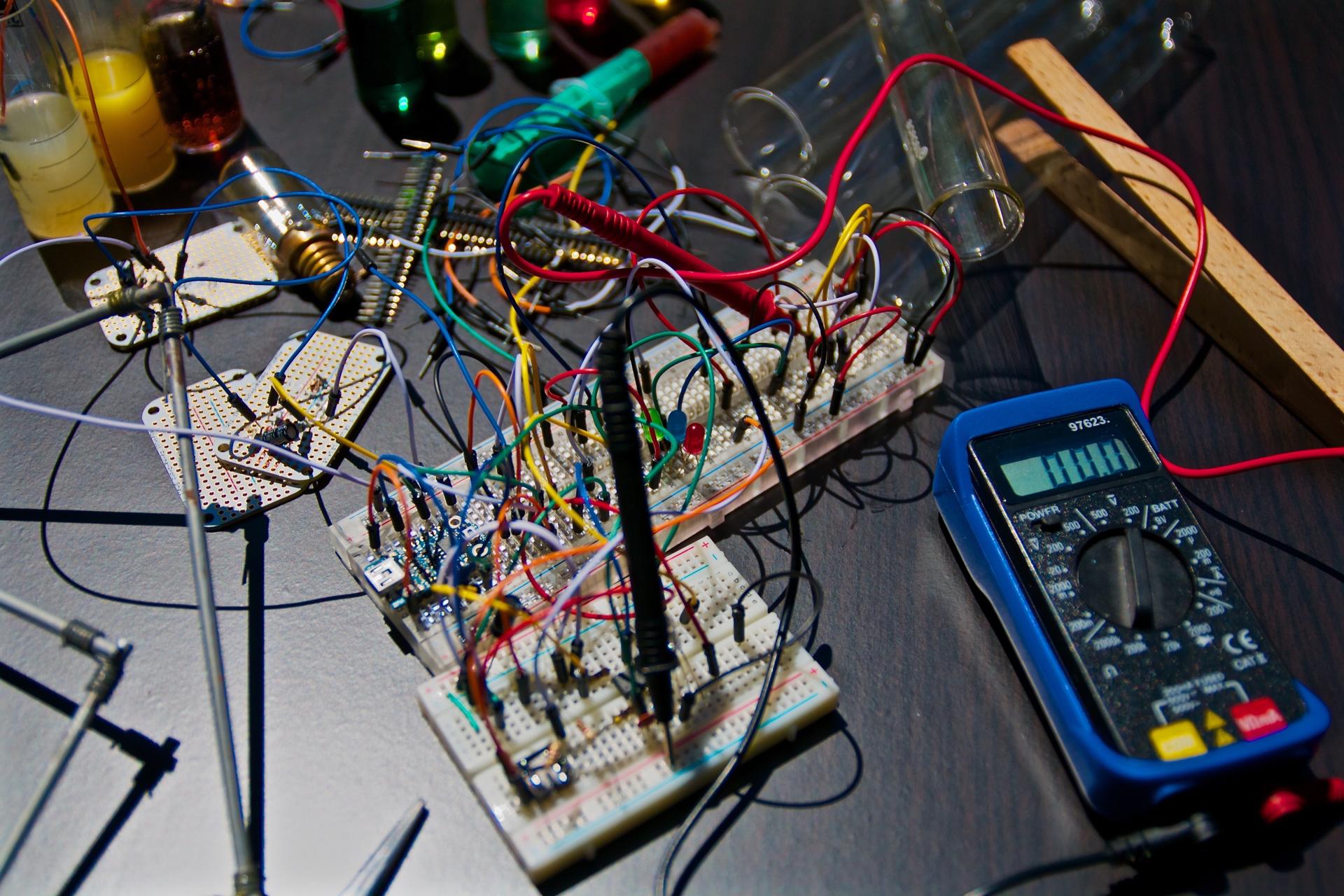
Identifying live wires is an important aspect when working on electrical wiring. If you’re an experienced electrician or an owner trying to solve an electrical issue It is crucial to learn how to identify live wires, and take the necessary precautions to avoid dangers from incidents. In this article, we’ll examine the importance of identifying live wires, as well as the steps you need to take when working with electrical wiring.
Working with electrical wiring can be very dangerous, and it’s essential to understand the risks associated with it. Electrocution is a real danger, and can cause serious injuries, or even death. It is essential to ensure that you are well-equipped and tools to work with electrical wiring in a safe manner.
Understanding Electrical Wiring Basics
Before we get into the details of identifying live wires, we need to know the nature of them. Live wires carry electrical current, and can be risky if not dealt with properly. In an electrical circuit there are three kinds of wires: neutral, hot, and ground wires. Hot wires carry the current of electricity neutral wires carry the return current, and ground wires provide an uninvolved pathway for excess current to flow.
Tips and Precautions to Identify Live Wires
Recognizing live wires requires use of the appropriate tools and precautions. The most essential tools is a non-contact voltage tester, which is a device that can detect electrical currents without making contact with the wires. It is also crucial to shut off the power to the circuit you are working on, and wear protective equipment, including gloves and safety glasses.
How to Identify Live Wires
Below are step-by step instructions for identifying live wires:
- Turn off the power to the circuit that you’ll be working on.
- Make use of a voltage tester that is non-contact to determine any live wires. Hold the tester near the wire and if it detects voltage, the test will either beep or illuminate.
- Use a circuit breaker finder to identify the circuit breaker controlling the circuit. This will permit you to cut off the power to the circuit.
What Should You Do If You Find an Unusual Wire
If you identify an active wire, it’s important to turn off the power supply to the circuit as soon as you notice it. If you’re not sure the best way to accomplish this then it’s recommended to seek professional help. Turning off the power will prevent any electrical current from passing through the wires, and will decrease the chance of electrocution or injury.
Conclusion
The identification of live wires is a critical aspect of working with electrical wiring. It’s important to take the necessary precautions, such as using the right tools and shutting off electricity to avoid accident. If you’re unsure about how to identify live wires or have any questions about electrical wiring do not hesitate to call an experienced electrician such as Local Electrician Melbourne CBD at 1300 933 820. They’ll be able to assist you with any electrical issues and make sure that your house is secure and in compliance with the latest standards.

